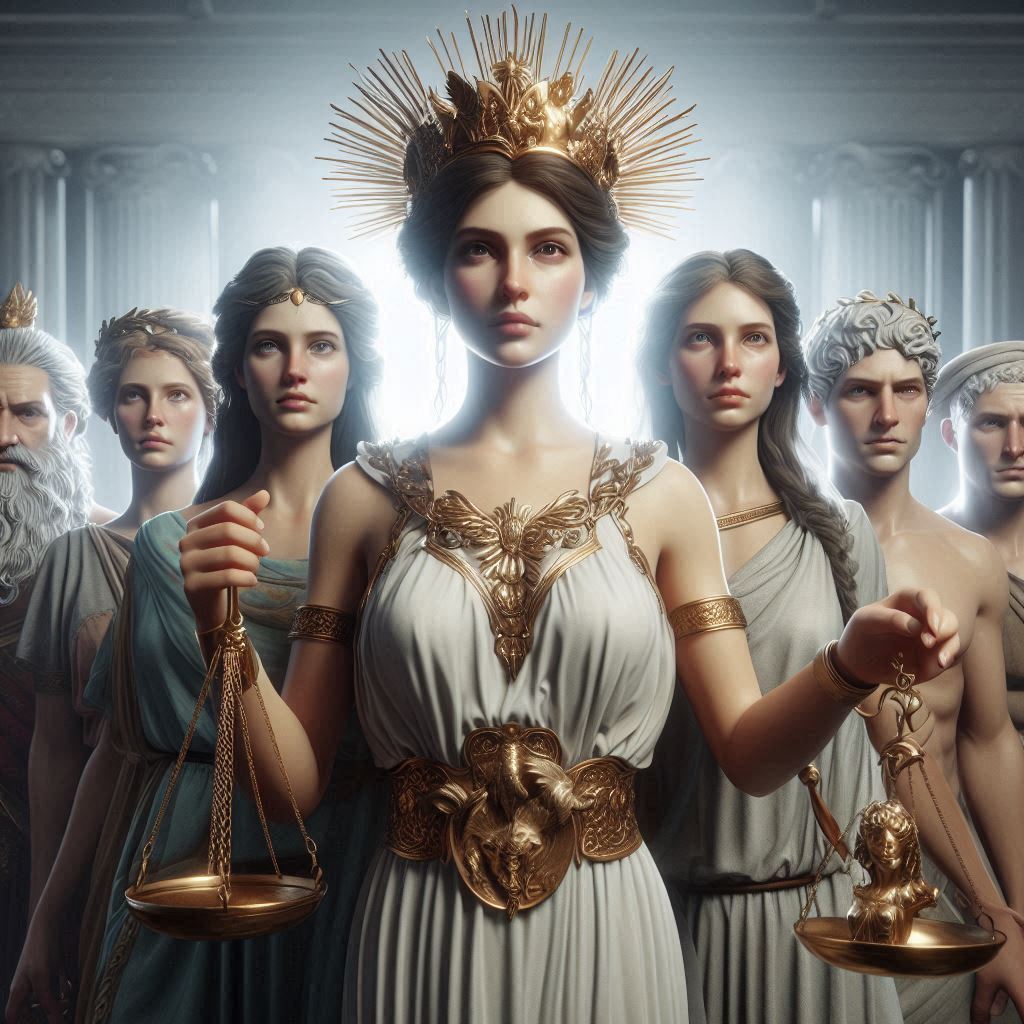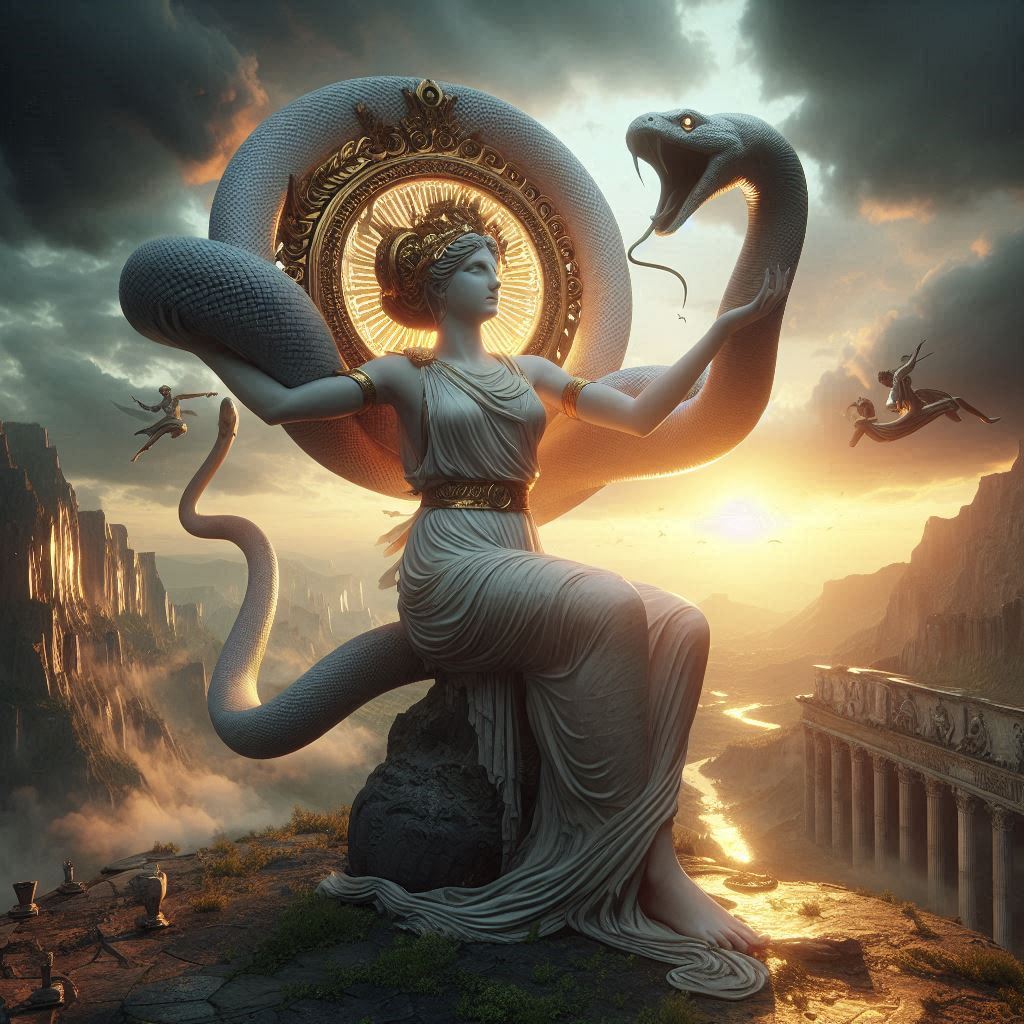Table of Contents
Catch-22 by Joseph Heller: A Timeless Satire on War and Bureaucracy
Joseph Heller’s Catch-22 is a classic novel that has captivated readers since its publication in 1961. Known for its dark humor, absurd logic, and biting critique of war and bureaucracy, Catch-22 remains a cornerstone of modern literature. This article explores the themes, characters, and enduring relevance of Catch-22, offering insights into why this novel continues to resonate with audiences today.

What is Catch-22 About?
Catch-22 is set during World War II and follows the experiences of Captain John Yossarian, a U.S. Army Air Forces bombardier stationed on the fictional island of Pianosa. The novel is renowned for its non-linear narrative, satirical tone, and exploration of the absurdities of war. At its core, Catch-22 revolves around the titular paradox: a bureaucratic rule that traps soldiers in an inescapable loop. If a soldier is deemed insane, they can be grounded from combat missions—but requesting to be grounded proves their sanity, thus making them ineligible for exemption.
This paradoxical logic serves as a metaphor for the irrationality and futility of war, as well as the dehumanizing effects of bureaucratic systems.
Key Themes in Catch-22
1. The Absurdity of War
One of the central themes of Catch-22 is the absurdity and senselessness of war. Heller portrays war not as a heroic endeavor but as a chaotic and meaningless struggle. The novel’s characters are often caught in situations that highlight the illogical nature of military operations, such as increasing the number of missions soldiers must fly without justification.
2. Bureaucracy and Dehumanization
The novel critiques the dehumanizing effects of bureaucracy. The military’s rigid rules and regulations, exemplified by the Catch-22 paradox, strip individuals of their autonomy and reduce them to cogs in a machine. This theme resonates with readers in any era, as it reflects the frustrations of navigating large, impersonal systems.
3. The Loss of Individuality
In Catch-22, characters struggle to maintain their individuality in the face of oppressive systems. Yossarian’s fight to survive and retain his sense of self underscores the tension between personal freedom and institutional control.
4. The Power of Satire
Heller’s use of satire is one of the novel’s defining features. Through humor and irony, he exposes the hypocrisy and corruption of those in power, making the novel both entertaining and thought-provoking.
Memorable Characters in Catch-22
Joseph Heller’s Catch-22 is populated with a rich cast of characters, each contributing to the novel’s satirical critique of war, bureaucracy, and human nature. These characters are not only memorable for their quirks and flaws but also for the ways they embody the novel’s central themes. Let’s take a closer look at four of the most iconic characters: John Yossarian, Milo Minderbinder, Colonel Cathcart, and Doc Daneeka.
1. John Yossarian: The Anti-Hero Fighting for Survival
John Yossarian is the heart and soul of Catch-22. As a bombardier in the U.S. Army Air Forces, Yossarian is stationed on the fictional island of Pianosa during World War II. Unlike traditional war heroes, Yossarian is driven not by patriotism or bravery but by a desperate desire to survive. His mantra, “The enemy is anybody who’s going to get you killed,” reflects his pragmatic and self-preserving outlook.
Yossarian’s character is defined by his growing disillusionment with the military’s absurdities. He witnesses the senseless deaths of his comrades, the arbitrary increase in mission quotas, and the blatant incompetence of his superiors. These experiences push him to the brink of sanity, as he becomes increasingly paranoid and desperate to escape the war.
What makes Yossarian an anti-hero is his refusal to conform to the expectations of heroism. He feigns illness, questions authority, and even considers desertion—all in the name of survival. His struggle is not just against the enemy but against the very system that claims to protect him. Yossarian’s journey is a powerful exploration of individuality and resistance in the face of dehumanizing forces.
2. Milo Minderbinder: The Opportunist Capitalist
Milo Minderbinder is one of the most fascinating and absurd characters in Catch-22. As the squadron’s mess officer, Milo transforms his role into a vast black-market enterprise, trading goods across war-torn Europe and beyond. His motto, “What’s good for M&M Enterprises is good for the country,” encapsulates his unscrupulous approach to capitalism.
Milo’s schemes are both hilarious and horrifying. He brokers deals with enemy forces, bombs his own squadron’s base for profit, and even corners the market on Egyptian cotton, which he tries to disguise as chocolate-covered cotton. While his actions are often comical, they also highlight the moral compromises and corruption that thrive in wartime.
Milo represents the unchecked greed and opportunism that can arise in chaotic environments. His character serves as a critique of capitalism and the ways in which profit motives can overshadow human decency. Despite his flaws, Milo is oddly charismatic, and his ability to justify his actions with twisted logic makes him a compelling figure.
3. Colonel Cathcart: The Ambitious Incompetent
Colonel Cathcart is the epitome of incompetent leadership. As the commanding officer of Yossarian’s squadron, Cathcart is more concerned with his own career advancement than the well-being of his men. He constantly raises the number of missions his squadron must fly, not out of strategic necessity but to impress his superiors and secure a promotion.
Cathcart’s ambition is matched only by his ineptitude. He is easily swayed by flattery and manipulation, as seen in his interactions with Milo and other characters. His decisions are often arbitrary and self-serving, putting his men at unnecessary risk. Cathcart’s character is a scathing indictment of the incompetence and selfishness that can pervade hierarchical systems.
Despite his flaws, Cathcart is not entirely one-dimensional. His occasional moments of self-doubt and insecurity hint at the pressures of leadership and the fear of failure. However, these moments do little to redeem him, as his actions consistently prioritize his own interests over the lives of his men.
4. Doc Daneeka: The Victim of Bureaucratic Absurdity
Doc Daneeka, the squadron’s medical officer, is a tragic figure who falls victim to the very system he serves. Early in the novel, Doc Daneeka explains the Catch-22 paradox to Yossarian, but he soon becomes ensnared in it himself. When the plane he is supposedly on crashes, he is declared dead—despite being very much alive. The bureaucracy refuses to acknowledge his existence, cutting off his pay and benefits and leaving him in a state of limbo.
Doc Daneeka’s story is a poignant illustration of the absurdity and cruelty of bureaucratic systems. His attempts to prove he is alive are met with indifference and red tape, highlighting the dehumanizing effects of rigid rules and regulations. Despite his medical expertise, Doc Daneeka is powerless to help himself, underscoring the novel’s theme of individual helplessness in the face of institutional control.
What makes Doc Daneeka’s character particularly tragic is his initial complicity in the system. He is not a rebel like Yossarian but a cog in the machine, content to follow orders until the machine turns on him. His downfall serves as a cautionary tale about the dangers of blind conformity.
Why These Characters Matter
The characters in Catch-22 are more than just vehicles for satire; they are deeply human, each grappling with their own fears, desires, and flaws. Yossarian’s struggle for survival, Milo’s unchecked ambition, Cathcart’s incompetence, and Doc Daneeka’s tragic fate all contribute to the novel’s exploration of war, power, and bureaucracy.
These characters also serve as mirrors, reflecting the absurdities and contradictions of the world around them. Through their experiences, Heller critiques the systems that dehumanize individuals and the ways in which people navigate—or succumb to—those systems. Their stories remind us of the importance of questioning authority, preserving individuality, and resisting the forces that seek to control us.
By delving into the lives of these memorable characters, readers gain a deeper understanding of Catch-22’s enduring relevance and its powerful critique of the human condition. Whether you’re drawn to Yossarian’s defiance, Milo’s cunning, Cathcart’s folly, or Doc Daneeka’s tragedy, these characters ensure that Catch-22 remains a timeless and unforgettable work of literature.
Why Catch-22 Remains Relevant Today
Catch-22 continues to resonate with readers because its themes are timeless. The novel’s exploration of the absurdities of war, the dehumanizing effects of bureaucracy, and the struggle for individuality speaks to universal human experiences. In an age of increasing surveillance, corporate greed, and political corruption, Heller’s satire feels more relevant than ever.
The term “Catch-22” has even entered the English lexicon, used to describe any no-win situation or paradoxical rule. This cultural impact is a testament to the novel’s enduring significance.
How to Read Catch-22
For first-time readers, Catch-22 can be challenging due to its non-linear structure and large cast of characters. Here are a few tips for navigating the novel:
- Embrace the Absurdity: The novel’s humor and absurdity are central to its message. Don’t be discouraged if the plot feels chaotic—it’s part of the experience.
- Focus on Yossarian: Following Yossarian’s journey can help anchor your understanding of the story.
- Pay Attention to Themes: Look for the underlying critiques of war, bureaucracy, and power as you read.
Conclusion: Why You Should Read Catch-22
Joseph Heller’s Catch-22 is more than just a war novel; it’s a profound exploration of human nature, power, and the systems that govern our lives. Its dark humor, unforgettable characters, and timeless themes make it a must-read for anyone interested in literature, history, or the human condition. Whether you’re a first-time reader or revisiting the novel, Catch-22 offers new insights with every read.


No responses yet